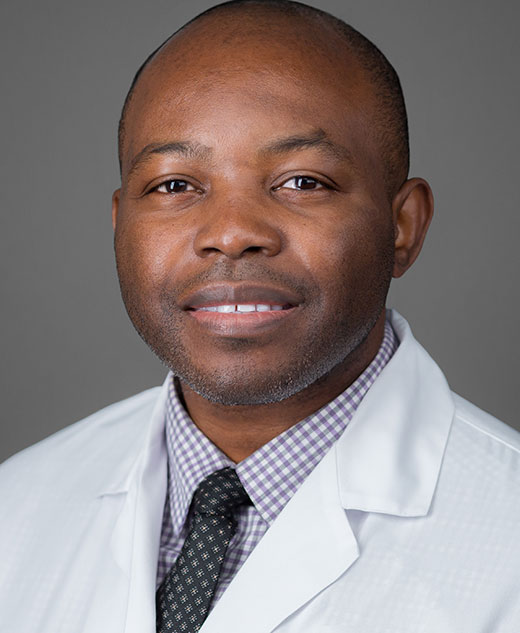Craniotomy

A craniotomy is a surgical procedure in which a neurosurgeon temporarily removes a section of the skull (bone flap) to access the brain. After carefully removing the bone flap, the neurosurgeon will use special surgical tools to access the underlying brain tissue.
Depending on the reason for the craniotomy, the neurosurgeon may remove a portion of the brain tissue, repair a damaged blood vessel or place an implant to support brain function. When the surgery is complete, the neurosurgeon will replace the bone flap and secure it in position with plates and screws.
What conditions can be treated with a craniotomy?
A craniotomy may be performed to:
- Diagnose, treat or remove a brain tumor
- Remove blood or a blood clot from a leaking blood vessel
- Drain a brain abscess (infected pus-filled pocket)
- Repair a skull fracture
- Repair a tear in the membrane lining the brain (dura mater)
- Remove damaged or swollen brain tissue to relieve pressure within the brain (intracranial pressure)

Do I need a craniotomy if I have brain cancer?
Although craniotomy is a common treatment for brain cancer, it may not be the only option. In some cases, a less extensive procedure or a nonsurgical treatment may be a good alternative. For example, stereotactic radiosurgery may be considered for treating a small tumor located in a difficult-to-access area of the brain. This minimally invasive outpatient procedure involves the use of highly focused energy beams to target and destroy abnormal tissue without the need for open surgery.
Another possible alternative to a craniotomy is endoscopic endonasal surgery, which may be performed to remove a tumor located near the base of the brain or skull. This minimally invasive approach allows the surgeon to access the targeted area of the brain without making a large incision or removing a bone flap.
In some cases, an awake craniotomy may be considered. After receiving a local anesthetic, the patient will remain awake and alert throughout the procedure, allowing the neurosurgeon to map and monitor the patient’s brain function in real time, which can reduce the risk of damage to critical areas of the brain. This approach may be used to treat a tumor or lesion located near an area of the brain that controls speech, movement or sensation.
A neurosurgeon experienced in oncology can determine the optimal brain cancer treatment approach after evaluating several unique factors, including the location and size of the tumor, the types of cancer, previous chemoradiation treatment history and the patient’s overall health. To ensure the best possible outcome and quality of life, it is important to seek medical care at a high-volume cancer center, such as Moffitt Cancer Center, where your care involves a multispecialty team consisting of highly skilled neurosurgeons, neuro-oncologists, radiation oncologists, pathologists and geneticists.
Potential complications of a craniotomy
Like any surgery, a craniotomy involves some risks. Possible complications include:
- Excessive bleeding
- Infection of the surgical site
- Swelling of the brain tissue
- Cerebrospinal fluid (CSF) leakage and accumulation in the brain
- Seizures
- Cognitive changes, such as difficulty concentrating
When discussing a craniotomy with a patient, the neurosurgeon will fully explain the potential benefits and risks. The likelihood of experiencing complications can vary depending on several unique factors, such as the reason for the surgery, the patient’s overall health and the skill of the surgical team.
Recovering from a craniotomy
After a craniotomy, the patient will likely spend a few days in the hospital, where they will be closely monitored for signs of surgical complications, such as swelling and infection, and offered pain medication.
Once discharged from the hospital, the patient will continue to recover at home for several weeks. During that time, it will be essential to rest and avoid strenuous physical activities until cleared by the neurosurgeon. Physical therapy or rehabilitation may be recommended to help the patient regain strength and function. Periodic follow-up appointments will be scheduled with the neurosurgeon, who will monitor the patient’s progress and ensure that the surgical site is healing properly.
Benefit from world-class care at Moffitt Cancer Center
The multispecialty team in Moffitt’s renowned Neuro-Oncology Program provides comprehensive, individualized treatment for all types and grades of brain cancer. If your treatment plan involves surgery, we can help you explore your options and determine the most appropriate approach for your specific needs.
Medically reviewed by Dr. Nam Tran, Neuro-Oncology Program.
If you would like to learn more about craniotomy, you can request an appointment with a specialist in our Neuro-Oncology Program by calling 1-888-663-3488 or submitting a new patient registration form online. We do not require referrals.
Surgery

